Supporting Young Spines: Understanding and Managing Scoliosis in Children into Adulthood
As a principal osteopath with 14 years of experience, I’ve worked with many children and families navigating concerns about spinal health—especially when it comes to scoliosis.
Scoliosis, a sideways curvature of the spine, can be subtle in some cases and more pronounced in others. It’s often picked up in early adolescence, and while it may not always cause pain, the emotional and physical impact can still be significant. Scoliosis, a sideways curvature of the spine, can be subtle in some cases and more pronounced in others. It’s often picked up in early adolescence, and while it may not always cause pain, the emotional and physical impact can still be significant.
A Recent Case: When Curves Spark Concern
Recently, I met a 12-year-old lad whose mother brought him in after noticing a curve in his spine. He wasn't in any pain, but the issue came to light because some of his friends at school had noticed it in the changing room. While their comments might have been meant as playful banter, they made him feel increasingly self-conscious and anxious.
During his assessment, I conducted a full postural evaluation, joint mobility testing, and muscular balance checks. We discussed his growth patterns, activity levels, and any signs of discomfort (which, reassuringly, he didn’t have). It was clear that while physically he was managing well, the emotional impact of the scoliosis was beginning to affect his confidence.
After explaining the diagnosis, management options, and typical prognosis, both he and his mum felt reassured. We agreed on a plan of regular monitoring—especially as he enters puberty, when spinal curves are most likely to change—so we can support him proactively should any symptoms or progression arise.
Long-Term Outlook: An Adult Example of Positive Management
To offer a longer-term perspective, I’m also currently supporting a patient in her mid-thirties who was diagnosed with scoliosis at 16. She has been under my care since 2011 and continues to manage her spinal health successfully with ongoing osteopathic support.
Now aged 35 and thriving in the fitness industry, she demonstrates how individuals with scoliosis can maintain a highly active, physically demanding lifestyle with the right support and self-care strategies in place. Her case highlights that scoliosis doesn’t have to hold someone back—and that consistent, informed care can play a key role in long-term function and comfort.
You can watch her story in the video below.
How We Assess and Monitor Scoliosis
In all cases—mild to more complex—we start with a thorough and child-friendly assessment, which may include:
Visual and hands-on assessment of spinal alignment
Checking for pelvic imbalances and leg length differences
Testing muscular tone, flexibility, and joint mobility
Reviewing movement patterns and growth history
Referrals for imaging (such as X-rays) if further clarification is needed
For children without pain or major restriction, our goal is gentle management and monitoring, especially during growth spurts. This proactive approach ensures any changes are spotted early and responded to promptly.
Osteopathic Support for Scoliosis
While osteopathy doesn’t aim to "fix" or reverse a spinal curve, it can offer valuable relief and function support through:
Manual therapy to reduce muscular tension and ease joint stiffness
Postural advice to promote awareness and reduce compensation patterns
Breathing and rib mobility techniques, especially when the thoracic spine is involved
Muscle balance work to support symmetry and movement control
These techniques can be especially helpful in reducing discomfort, improving movement quality, and supporting both physical and emotional wellbeing.
Collaborative Care: Working Together for Better Outcomes
Where appropriate, we work closely with other healthcare professionals—whether that’s a GP, physiotherapist, orthopaedic specialist, or school support staff. For moderate to severe scoliosis, a team approach can make a big difference in ensuring the right steps are taken at the right time.
Looking Ahead
Scoliosis can raise a lot of questions for parents and children alike—but it doesn't have to be a cause for alarm. With early understanding, regular monitoring, and supportive care, most children with scoliosis go on to lead active, unrestricted lives. The key is catching it early, staying informed, and building confidence through consistent support.
Concerned about your child's posture or spinal curve?
Book a consultation with one of our experienced osteopaths at The Waterside Practice to discuss any concerns and explore the best path forward.
📍 10a Mill Green, Warboys, Huntingdon, Cambridgeshire, PE28 2SA
📞 01487 209084
📧 reception@thewatersidepractice.co.uk
We’re here to support your child’s health, comfort, and confidence—every step of the way.


